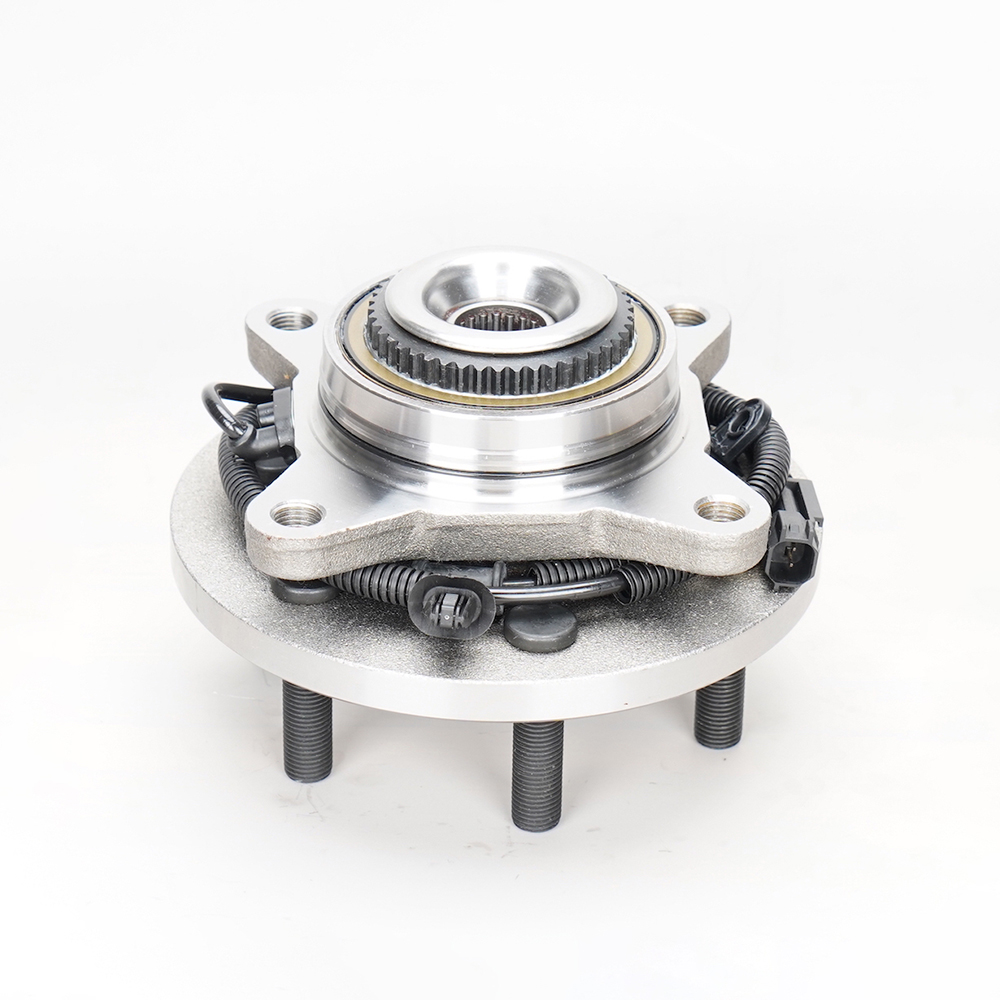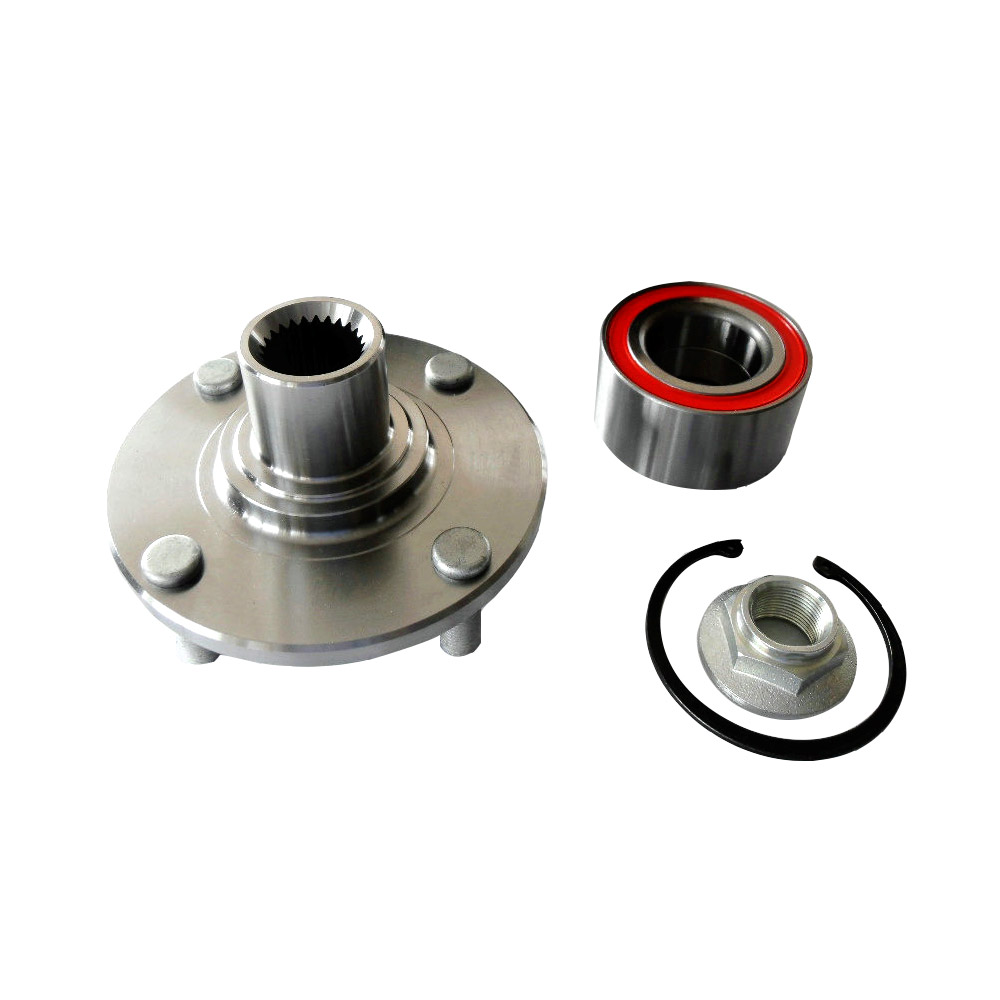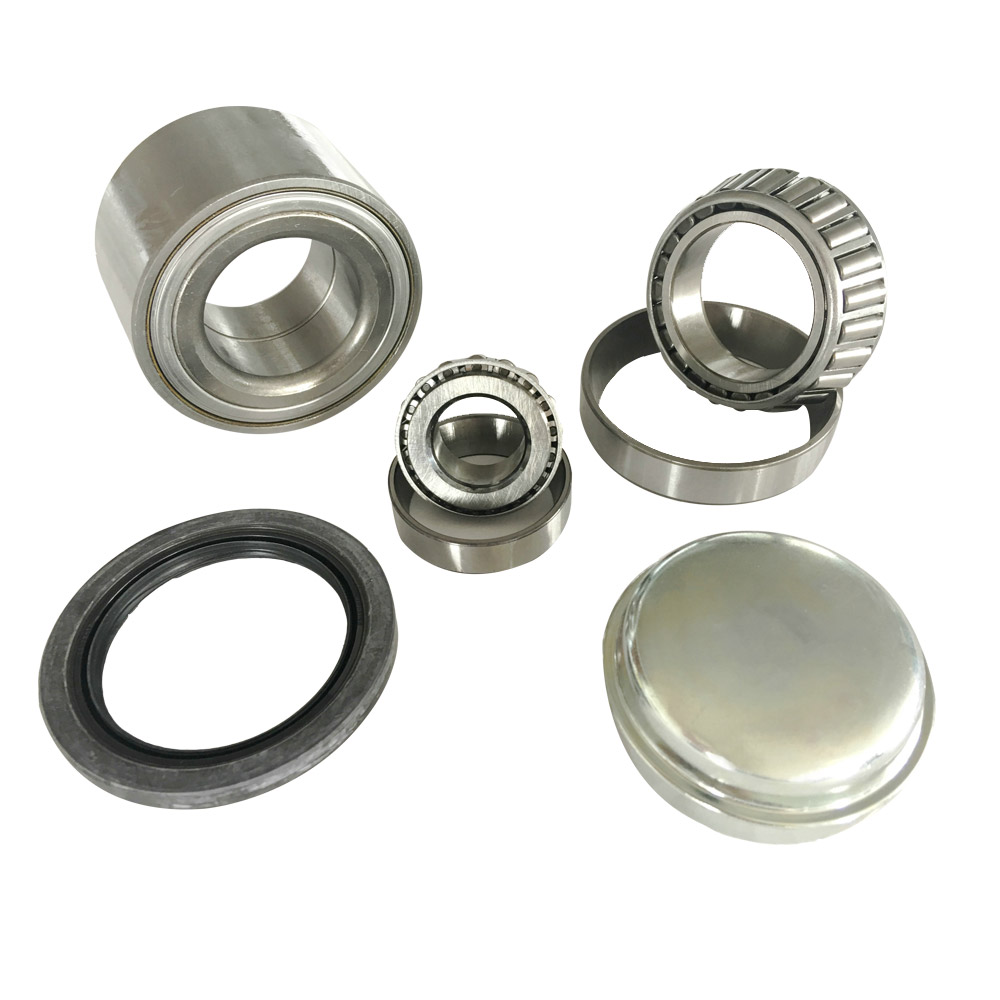The Wheel Bearing Hub Assembly Unit is a crucial component in modern automotive engineering, playing a vital role in ensuring vehicle stability, steering accuracy, and overall safety. This integrated unit combines the wheel hub and bearing into a single compact assembly that supports the wheel's rotation and connects it to the suspension system. As vehicles have evolved to become more complex and efficient, the hub bearing assembly has become increasingly important in achieving smooth and safe driving performance.
Structure and Components
A typical wheel bearing hub assembly unit consists of several interconnected parts:
Wheel Hub: The mounting point for the vehicle’s wheels and brake rotors. It provides a stable surface and houses the bearing.
Bearing: Usually a pre-lubricated, sealed bearing with precision ball or roller elements. It allows the wheel to rotate freely with minimal friction.
ABS Sensor (if equipped): Modern units often incorporate an anti-lock braking system (ABS) sensor that monitors wheel speed and enhances braking control.
Flange: Used to secure the assembly to the steering knuckle and provide a mounting surface for the wheel.

Function and Operation
The wheel bearing hub assembly performs multiple critical functions:
Support and Load Handling: It bears the vehicle’s weight and endures dynamic loads during driving, including braking forces, cornering stresses, and impacts from road surfaces.
Smooth Rotation: The integrated bearing enables the wheel to spin with minimal resistance, which is essential for fuel efficiency and driving comfort.
Alignment and Stability: It maintains precise alignment between the wheels and the suspension, ensuring proper steering response and tire wear.
ABS Integration: Units with ABS sensors play a role in modern vehicle safety systems, providing real-time data for traction control and braking optimization.
Types of Wheel Bearing Hub Assemblies
There are generally two main types:
Generation 1 (Gen 1): These are basic hub units where the bearing is pressed into the hub. Replacement may require pressing equipment.
Generation 2 and 3 (Gen 2/3): These are more advanced assemblies where the bearing is permanently integrated with the hub, often with a mounting flange and ABS sensor. They are easier to install and widely used in passenger vehicles.
Advantages of Using a Hub Assembly Unit
Improved Durability: The sealed design protects the bearing from dirt, debris, and moisture, significantly extending its service life.
Reduced Maintenance: Pre-lubricated and sealed units require no regular maintenance.
Ease of Replacement: Integrated design simplifies installation and reduces labor time.
Enhanced Safety Features: Built-in ABS sensors improve braking performance under varying road conditions.
Common Symptoms of a Failing Unit
Over time, a wheel bearing hub assembly can wear out due to high mileage, poor road conditions, or manufacturing defects. Signs of a failing unit include:
Unusual noises like humming, growling, or grinding from the wheel area.
Vibration in the steering wheel or chassis.
Uneven or rapid tire wear.
ABS warning light on the dashboard (for assemblies with ABS sensors).
Wheel play or looseness when jacked up and shaken.
Importance of Timely Replacement
Driving with a faulty wheel bearing hub assembly poses serious risks. Compromised wheel stability can lead to loss of control, increased stopping distance, and eventual wheel detachment. For safety and optimal vehicle performance, it's essential to replace a worn-out unit promptly using quality OEM or aftermarket parts.
The Wheel Bearing Hub Assembly Unit may seem like a small part in the grand scheme of automotive systems, but its importance cannot be overstated. It is a foundational component that affects handling, safety, and longevity of a vehicle. Understanding its structure, function, and maintenance needs helps vehicle owners and mechanics ensure smoother rides and safer roads. As automotive technology continues to advance, these assemblies will evolve further, integrating more sensors and smart capabilities to support autonomous driving and enhanced vehicle diagnostics.






